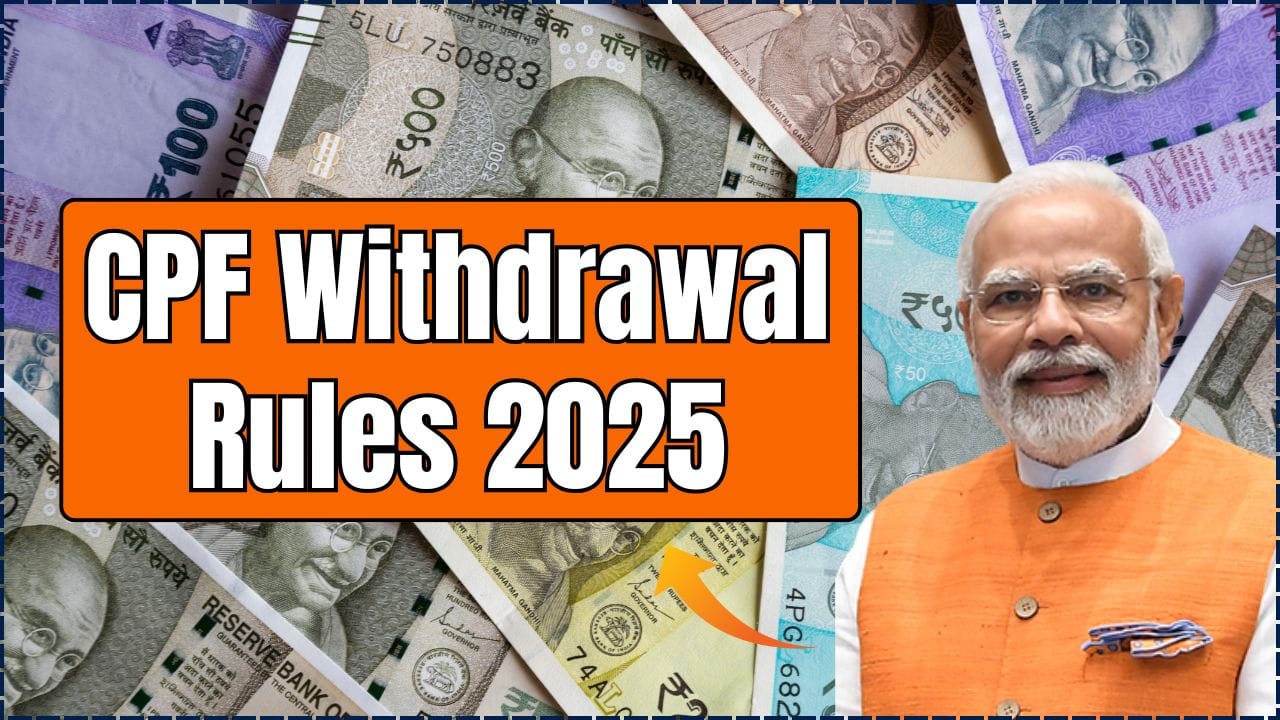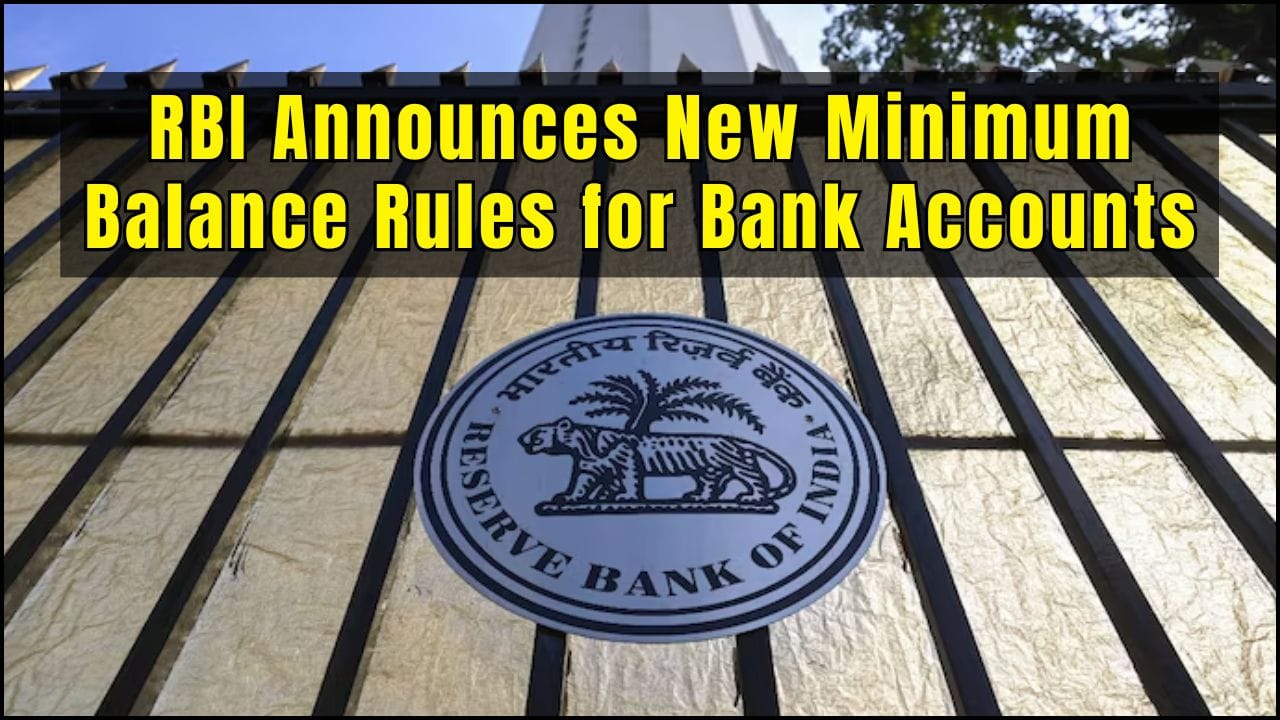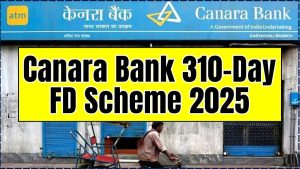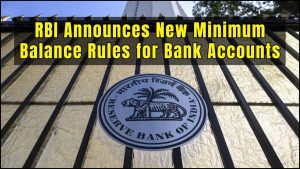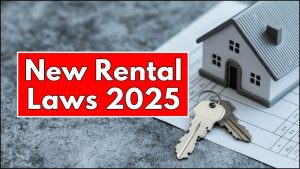If you’re a central government employee or pensioner, here’s the headline you’ve been waiting for: the 8th Central Pay Commission is underway and discussions suggest government salaries may rise significantly, with the top-end illustrations pointing to increases of up to 54% in Level‑1 basic pay scenarios under a higher fitment factor band. The process has moved forward with formal terms of reference, and the panel will examine pay, pensions, allowances, gratuity, bonus, and performance‑linked incentives, laying the groundwork for the next major compensation reset. While the final numbers will only be known after the commission’s report is accepted and notified, early modeling has already set practical expectations for different pay levels.

The 8th Pay Commission salary hike has become the focal point for employees because the fitment factor essentially the multiplier applied to current basic pay determines where the final numbers land. Current discourse spans base, median, and upper‑band scenarios. At the conservative end, a factor around 1.82 implies a mild lift. The middle band around 2.15 indicates a more meaningful jump that aligns with the 30–34% range many trackers are emphasizing. And the high‑case example of 2.46, widely referenced in explainers, generates the “up to 54%” headline for Level‑1 basic comparisons. These are scenarios, not certainties, but they are useful signposts for planning.
8th Pay Commission
| Key Point | What’s Indicated |
|---|---|
| Commission Status | Terms of Reference approved; panel constituted to review salaries, pensions, allowances, and related perks. |
| Composition | Led by a retired senior judge, with an expert member and a senior official as Member‑Secretary. |
| Timeline | Working window around 18 months for recommendations; final rollout follows government acceptance and notification. |
| Effective Date (Indicative) | Frequently discussed as retrospective from January 1, 2026, subject to final approval. |
| Fitment Factor Range In Discourse | Illustrative band from roughly 1.8 to 2.46, shaping increases from low‑teens to top‑end basic‑pay jumps. |
| Scope Beyond Pay | Includes DA/HRA/TA recalibration, bonus, gratuity, and performance‑linked incentives. |
| Beneficiaries | Central government employees across pay levels and central pensioners, subject to final coverage clarifications. |
| DA Treatment | DA typically resets to zero on implementation; automatic merger at 50% isn’t a standing rule and needs policy action. |
There’s real momentum behind a meaningful pay reset under the 8th Pay Commission. While “up to 54%” is an upper‑band illustration tied to a high fitment factor for Level‑1 basic pay, a more grounded planning range sits around 30–34% for many employees if a mid‑band factor is adopted. The decisive elements now are the commission’s final recommendations, the government’s acceptance, and the notified pay rules together they will set the exact numbers, the allowance recalibration, and the date of effect. For now, scenario‑based planning using 1.82, 2.15, and 2.46 multipliers is the smartest way to prepare without over‑committing to a single assumption.
What Is Driving The “Up To 54%” Figure
The big number comes from an illustrative fitment factor of 2.46 applied to the current Level‑1 basic of ₹18,000, which maps to a revised basic of ₹44,280. That’s where the “up to 54%” basic‑pay jump originates. Keep in mind, this headline figure is a ceiling‑case illustration, not a promise for every cadre or grade. Also, take‑home pay outcomes vary because allowances and deductions will be recalculated on the new base once notified.
Fitment Factor Scenarios You Should Track
A practical way to think about it is through three anchors:
- Base Case: Near 1.82. This implies a modest uplift, often interpreted in the low‑ to mid‑teens range once allowance resets are considered.
- Median Case: Around 2.15. This aligns with the commonly cited 30–34% band in overall impact for many roles after the new matrix and allowances are applied.
- Upper Case: At 2.46. This is where Level‑1 illustrations produce the “up to 54%” basic‑pay number, serving as a ceiling scenario rather than a universal outcome.
Terms Of Reference and Coverage
The commission’s mandate spans a full review of emoluments pay, pensions, and allowances within the broader context of macroeconomic conditions and fiscal prudence. The scope extends beyond pay scales to bonus, gratuity, and performance‑linked incentives, reflecting a comprehensive approach to compensation and benefits. Expect stakeholder consultations as the panel tests different models that balance inflation protection, pay parity, and budget discipline.
Timeline, Report Window, And Possible Date Of Effect
After constitution, commissions typically take around 18 months to finalize recommendations. Many observers expect the date of effect to align with historical practice and be set as January 1, 2026 on a retrospective basis, though the real‑world rollout hinges on government acceptance and notification sequencing. Once accepted, rules are issued, payrolls adjust, and any arrears or staging are handled per the notified plan.
DA, DR, And Merger Expectations
One of the most frequent questions is whether Dearness Allowance automatically merges into basic when it crosses 50%. There is no automatic mechanism mandating that under the 7th CPC framework; any merger needs explicit policy action or commission‑backed recommendation at implementation. Typically, on adopting a new pay commission, DA is reset to zero and then starts accruing again on the revised basic, which is why the effective in‑hand increase can look different from the basic‑pay illustration.
Who Stands to Benefit and How
The exercise will influence central government employees across the pay matrix and central pensioners. The final gain depends on three levers: the accepted fitment factor, the notified pay matrix for each level, and the recalibrated allowances (DA/HRA/TA, among others). Unions and staff associations will continue to engage the commission on both the methodology and coverage especially pension provisions to ensure clarity and parity.
Practical Level‑1 Examples
To visualize the range, consider an entry‑level basic of ₹18,000:
- At 1.82, you get a revised basic around ₹32,760 this is a conservative lift where the effective take‑home gain will reflect DA reset and allowance recalculation.
- At 2.15, the revised basic is around ₹38,700 these lines up with the median 30–34% framing seen in many explainers.
- At 2.46, the revised basic scales to around ₹44,280 this is the “up to 54%” case used as a top‑end illustration.
What To Watch Next
Watch for the commission’s progress signals: consultation schedules, any interim notes, and data points on the preferred fitment band. Also watch for the allowance’s framework HRA slabs, transport allowance, and treatment of DA at implementation since these determine actual take‑home beyond the basic‑only arithmetic. If pension clarifications are issued, they will be pivotal for retirees planning their finances around the new structure.
Actionable Steps to Prepare
- Map Your Level: Identify your pay matrix level and current basic to model possible outcomes under 1.82, 2.15, and 2.46 multipliers.
- Re‑estimate Allowances: After choosing a scenario, recalculate DA/HRA/TA on the revised basic to approximate net impact.
- Plan For Timeline: Assume an implementation window that could be retrospective from early 2026, with adjustments once notifications arrive.
- Track Official Notifications: Treat media illustrations as guides; only government notifications set the binding numbers.
- Pension Readiness: Pensioners should note potential DR reset and re‑indexation of pension under the accepted fitment factor.
FAQs on 8th Pay Commission
When Could The 8th Pay Commission Take Effect?
The indicative alignment many expect is retrospective from January 1, 2026, but the real date of effect and payroll rollout depend on government acceptance and the final notification.
Will DA Automatically Merge into Basic At 50%?
No. There’s no automatic rule that merges DA into basic on crossing 50% under the existing framework; such a change requires explicit policy action or commission‑backed recommendation at implementation.
How Much Salary Hike Should Employees Budget For?
Use scenario planning: a conservative 1.82 factor for a smaller lift, a 2.15 mid‑case for roughly 30–34% outcomes, and a 2.46 upper case for the “up to 54%” Level‑1 basic illustration. Your actual take‑home will depend on the revised allowances and deductions.
Who Is Leading The 8th CPC And What Else Will Be Reviewed?
The panel is headed by a retired senior judge, supported by an expert member and a senior official as Member‑Secretary, and will review pay, pensions, allowances, bonus, gratuity, and performance‑linked incentives.





